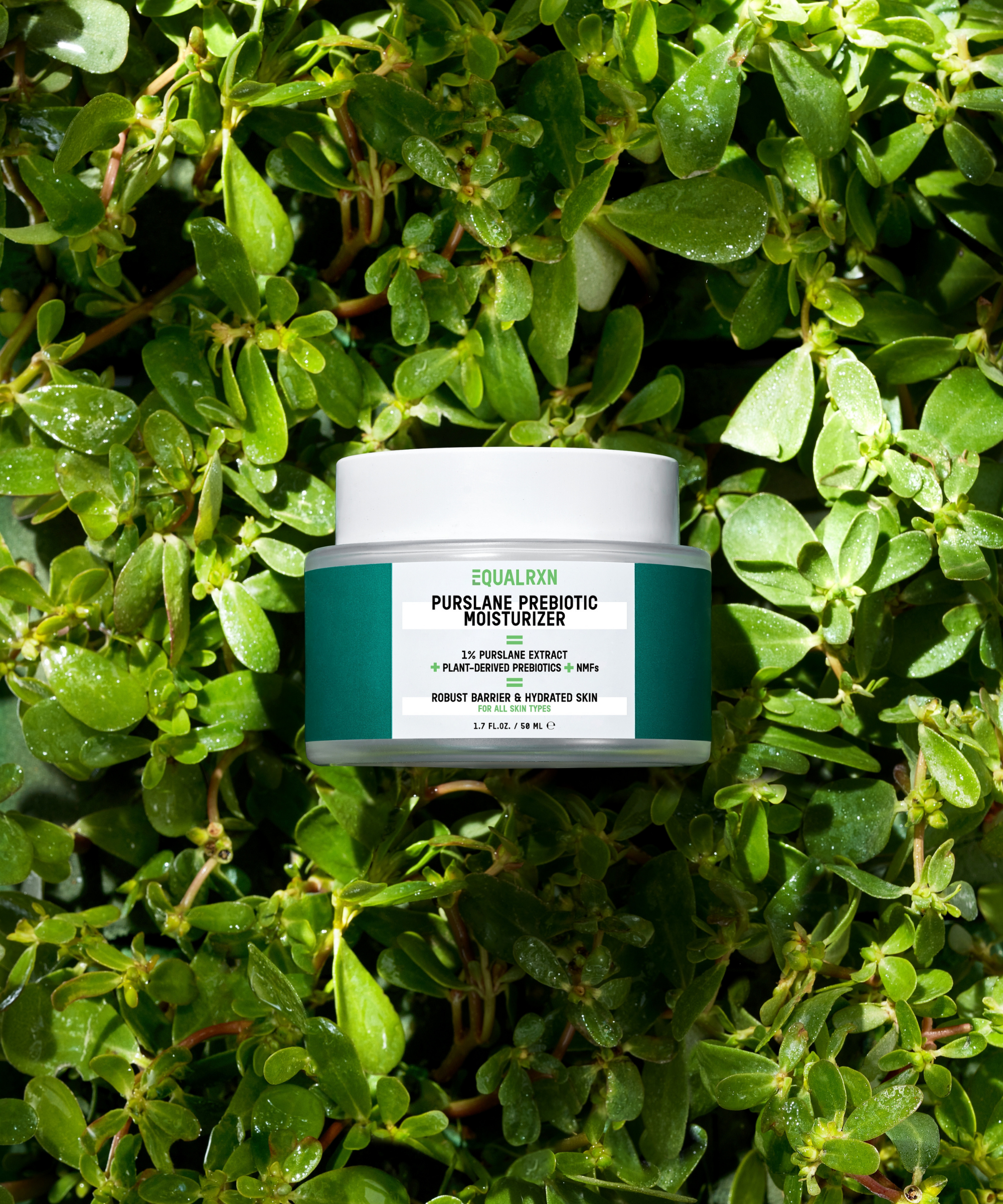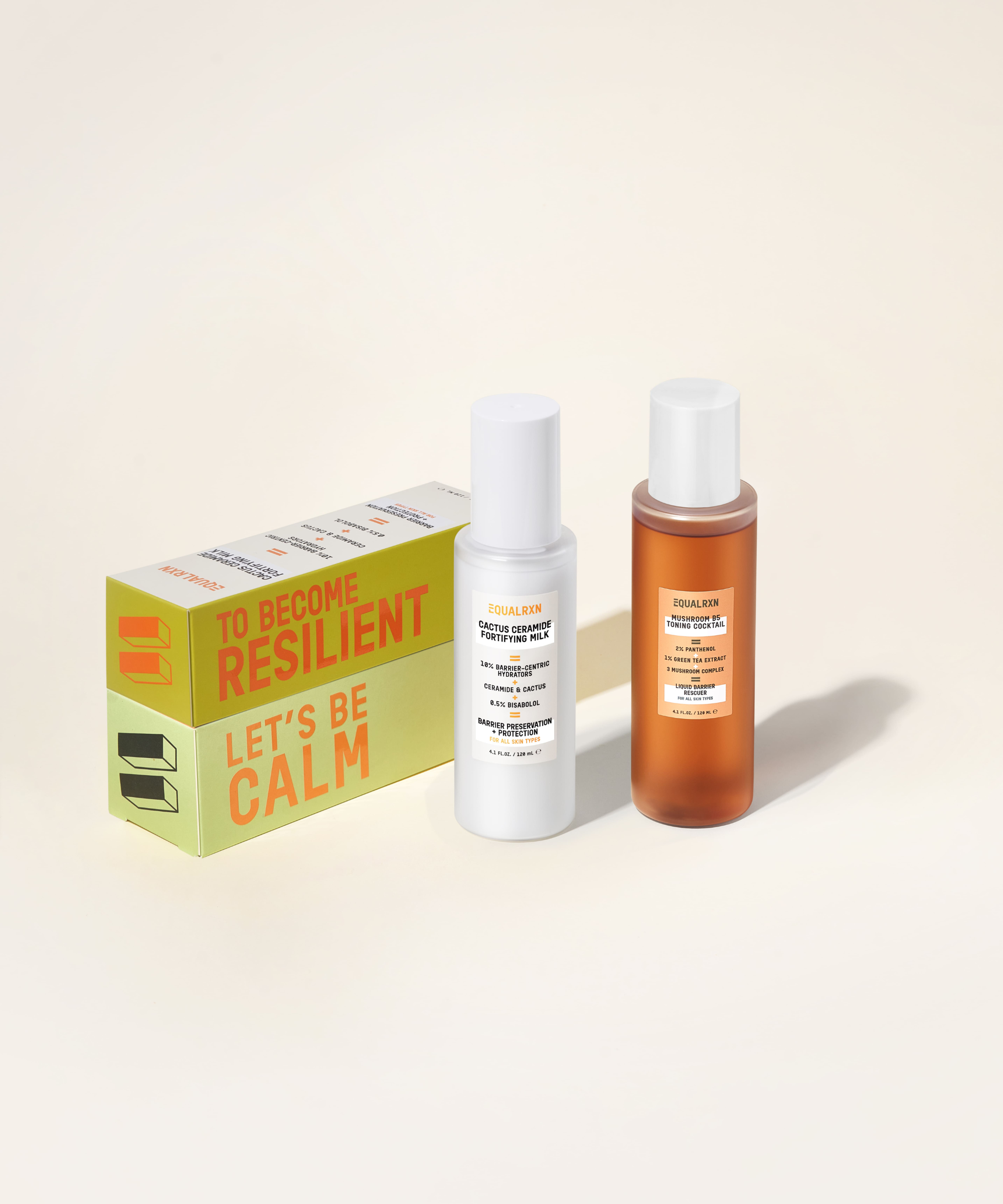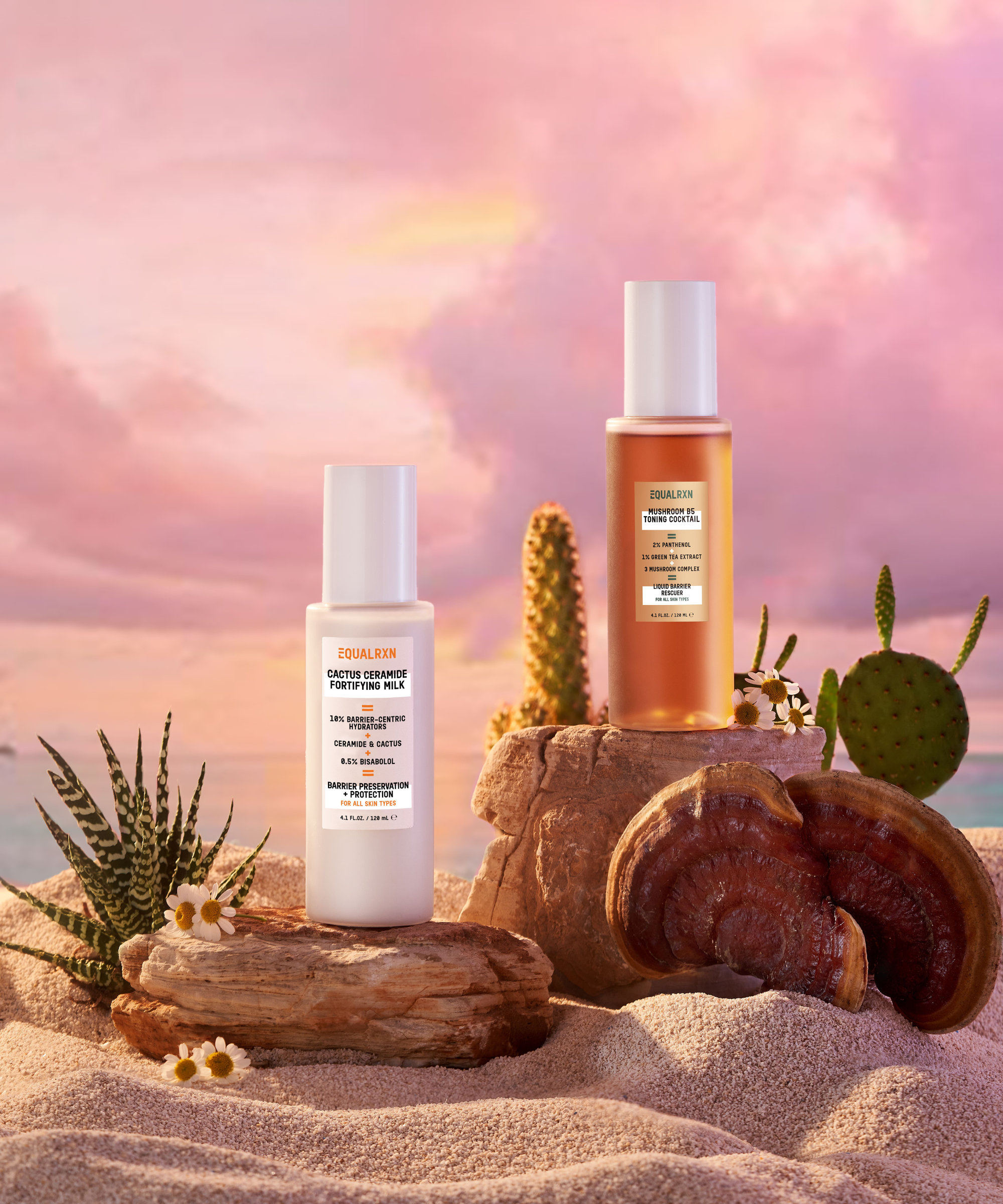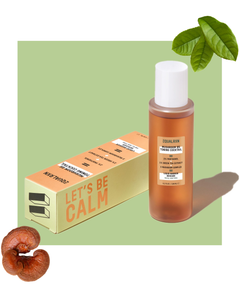Lactobionic acid is a type of PHA, it is way less irritating compared to traditional AHAs; rather than causing sensitivity, it can actually enhance the skin barrier, thus making them suitable for sensitive skin types. Lactobionic acid also provides excellent antioxidant effects and found to be preventing photo-aging, making them a well-rounded great ingredient for the skin, and for all skin needs.
With an additional sugar molecule attached, lactobionic acid is more hydrating and even more gentle than another common form of PHA - gluconolactone, making lactobionic acid the more premium one of the two common PHAs.
Lactobionic Acid's Main Benefits:
- Improves skin barrier function
- Gentle yet effective at exfoliating
- Water-binding and hydrates the skin
- Anti-aging by preventing collagen and elastin breakdown
- Serves as a prebiotic
- Anti-oxidative
- Helps with ingredients penetration; amplifies the effect of retinoids and other ingredients
How Hydrating Is Lactobionic Acid?
HINT: VERY VERY HYDRATING!!!

It’s more hydrating than glycerin and thus why it can plump up the skin 😳
Lactobionic acid has a larger molecular size and weight comparing to glycolic acid (358.3 g/mol vs. 76.05 g/mol). Lactobionic acid's potential for increased hydration is attributed to humectant properties of the multiple hydroxyl groups (-OH), which can attract and hydrogen bond water.
With an additional sugar molecule attached, lactobionic acid is even more hydrating and gentle than another common form of PHA - gluconolactone. In a study comparing lactobionic acid to other acids and common humectants, lactobionic acid shows better humectant properties than glycerine and doubles that of gluconolactone.

Hydroxy Acids' Irritation Level

Here is the strength ranking of AHAs and PHAs. Glycolic acid is the most effective (but irritating) AHAs out of all AHAs and PHAs due to its small molecular size. But is it the most effective for the skin? The answer is more complicated than skin penetration speaking.
Overall, PHAs have greater daily use benefits such as hydration, antioxidation, and barrier support. Glycolic acid is a stronger exfoliant, but those that find it irritating should seek out alternative AHAs (such as lactic acid) or PHAs.
Hydroxy acids' irritation level is determined by their molecular size and pKa.
Molecular Size: The larger the size, the slower the penetration to the skin, thus less irritation.
pKa Value: pKa is a measurement of the strength of an acid in a solution. Acids have their own ideal pH which works the best in the formulation. Generally, an acid product works the best when the pH of the formulation matches the pKa value, which means 50% of the compound is in its acid form, and the other 50% is in its neutral salt form. When the pH of a formulation is above the acid's pKa, less of the acid is available in its free acid form, making the formulation less effective for exfoliation but also more suitable for sensitive skin.
STRONGER DOESN'T EQUAL TO BETTER
PHAs such as lactobionic acid has additional benefits than just exfoliating, such as being an antioxidant and a great humectant. A comparative study of lactobionic acid and glycolic acid found that 6% lactobionic acid has better skin performance when compared to 6% glycolic acid and produces less skin irritation and skin barrier impairment than glycolic acid.
Another 12 comparative study shows that another form of PHA - gluconolactone is only slightly weaker comparing to glycolic acid in terms of anti-aging benefits after 12 weeks, but it is much less irritating (less stinging and burning) than glycolic acid. PHAs, being more gentle, can be more easily combined with retinoids, making them a better option in an anti-aging skincare regimen.
Overall, PHAs have greater daily use benefits such as hydration, antioxidation, and barrier support. Glycolic acid is a stronger exfoliant, but those that find it irritating should seek out alternative AHAs or PHAs.
Is Lactabionic Acid A Strong Antioxidant?
Another surprising benefit you might not know about lactobionic acid is that it is an effective antioxidant.
One known mechanism of action of lactobionic acid's antioxidant properties is its ability to inhibit the production of hydroxyl radicals (OH) as a result of its iron-chelating function.
Iron cheltors function as antioxidants by scavenging reactive oxygen species (ROS) and also reduce the amount of available iron, thereby decreasing the quantity of OH radicals. Caffeic acid is another common antioxidant example that is also an iron-chelator.
Antioxidants Comparison
A study tested and compared a few common antioxidants, such as ascorbic acid, citric acid, lactobionic acid, and the other form of PHA - gluconolactone on banana peels, hydroquinone, and anthralin (a compound that is ready to be oxidized). The study found that lactobionic acid is rated as a "very effective" antioxidant qualitatively.

Dose-dependent, More = Better
Lactobionic acid's antioxidant properties are also dose-dependent.
A study that combined (0.1% and 0.5%) lactobionic acid with rapeseed oil, found that with a greater concentration of lactobionic acid, the peroxide value (an indication of rancidity in unsaturated oils) is lower. Our Oat Milk PHA Serum contains 5% of lactobionic acid, 10x higher than the tested amount!

Lactobionic acid is a well-rounded ingredient with strong antioxidant, ultra-hydrating, and gently exfoliating effects that is suitable for all skin types and all skin concerns.
Studies have shown its effectiveness in preventing lipid oxidation and oxidation of organic compounds, as well as protection against oxidation of skin tissues due to its iron-chelating ability, making it a great addition for daily antioxidant needs and for those with oily/acnegenic skins.
But What About The Other PHA - Gluconolactone?
GLUCONOLACTONE:
Gluconolactone is the most popular PHA or polyhydroxy acid. Because of its larger molecular size and a conversation step to gluconic acid for it to be active, gluconolactone is more gentle than traditional alpha hydroxy acids (AHAs) such as glycolic acid, but the effect is not much weaker compared to glycolic acid.
Studies comparing gluconolactone and glycolic acid have found that they both help to reduce fine lines, roughness, pigmentations, and increase firmness to a similar degree, but glycolic is better at stimulating collagen production, elasticity, and combating skin sagging.

LACTOBIONIC ACID:
Lactobionic acid (LBA) is the sister of the popular gluconolactone. Chemically, lactobionic acid and gluconolactone are very similar, except there is an additional sugar molecule attached. When applied to the skin, the bond between the sugar and the acid molecule breaks, and the acid does its work.
Because of the additional sugar molecule, LBA is a slower-acting and more hydrating acid, which will greatly reduce the potential irritation when compared to gluconolactone and other AHAs.

Ok so they are both great... but which one is better?
"Better" is subjective. As a brand that makes products using lactobionic acid, we of course stand by our decision that lactobionic acid is the more superior PHA based on our research and branding philosophies.
Lactobionic acid is twice as more hydrating, a better barrier repairer, a stronger antioxidant, and a more gentle acid than gluconolactone. Both lactobionic acid and gluconolactone have a 1 step conversation to the active gluconic acid for them to work, so the strengths of both PHAs do not differ much.
The raw material of lactobionic acid is pricier than gluconolactone, so even if a brand does include LBA in its product, you will often see the concentration is low or combined with gluconolactone to make a higher concentration claim.
Instead of shopping for products based on a single ingredient, we suggest looking at the overall formulation and choosing products based on your skin needs :).
















Leave a comment